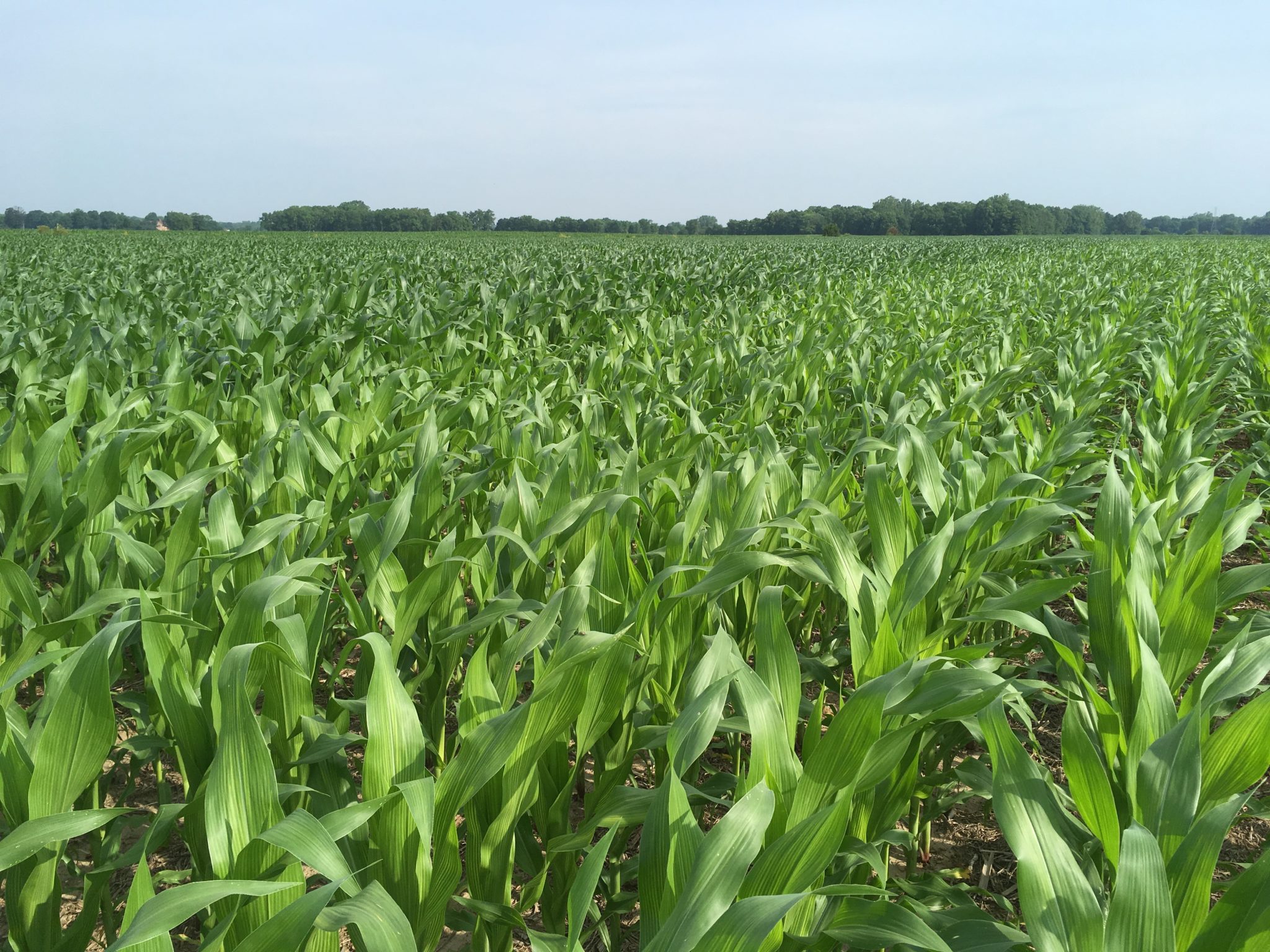
Sulfur (S) deficiency has become more common in Indiana with reduction in atmospheric deposition of S arising from coal-fired power plants.

Sulfur (S) deficiency has become more common in Indiana with reduction in atmospheric deposition of S arising from coal-fired power plants.
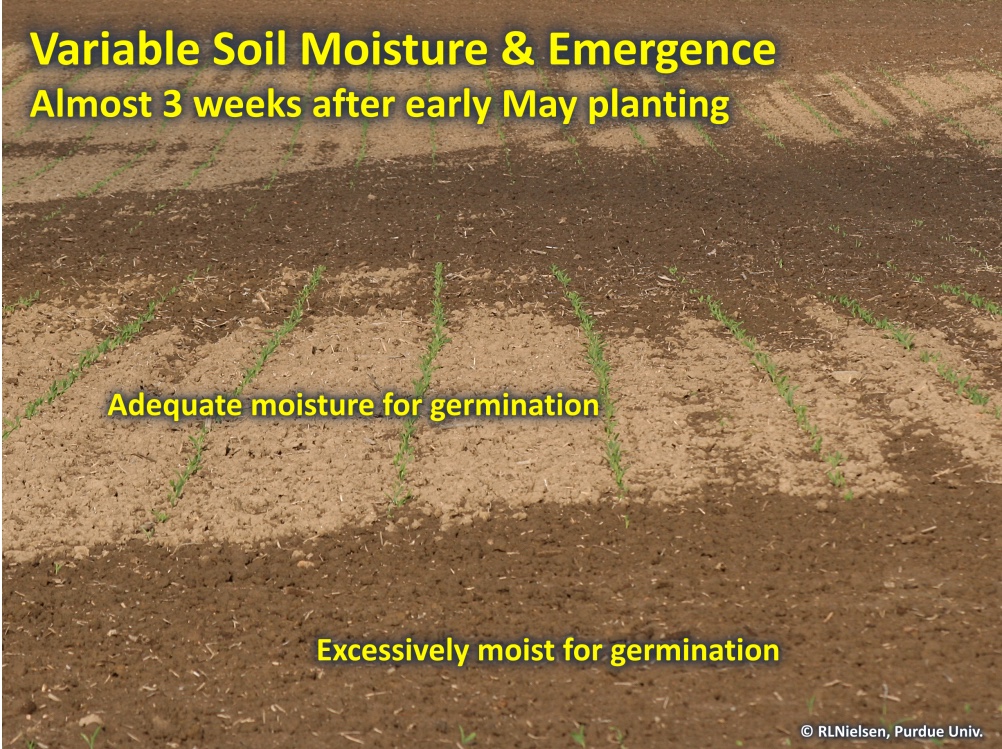
Rapid, uniform germination and emergence of corn help set the stage for maximum grain yield at the end of the season.
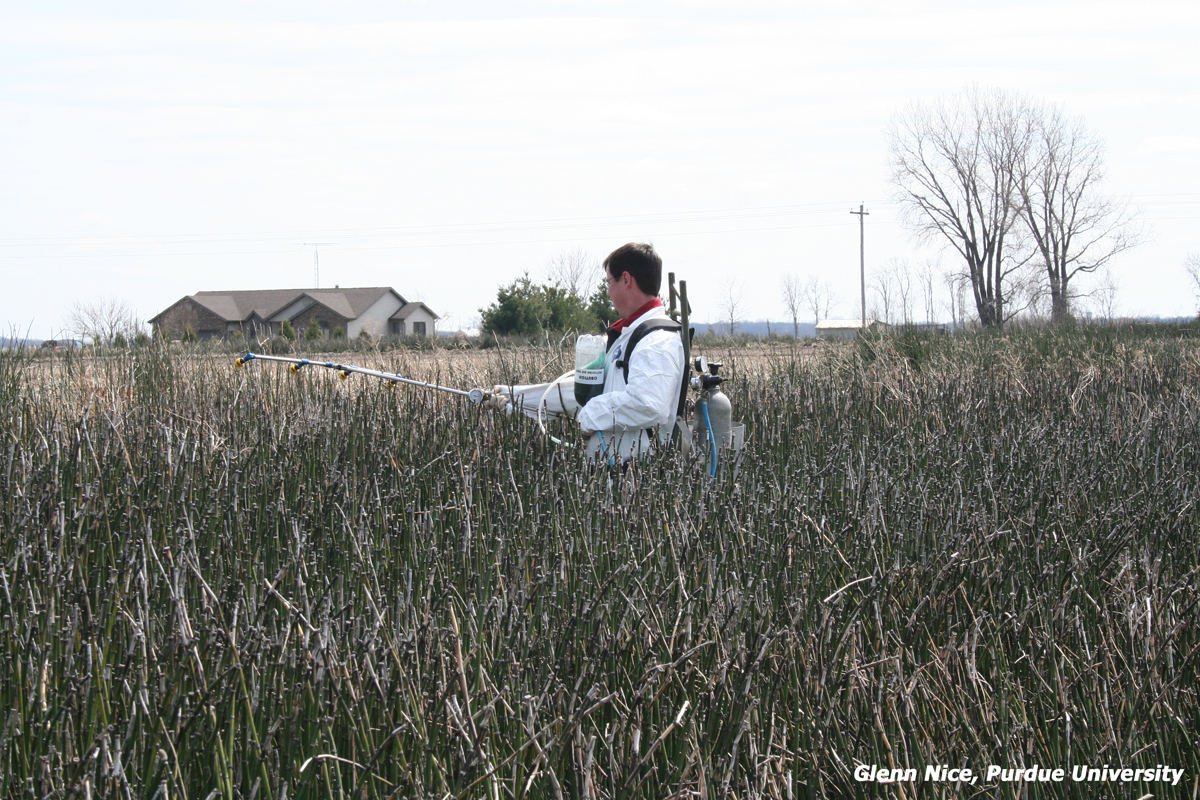
Scouringrushs and horsetails are known by many different common names such as snake grass, jointed grass, monkey grass or simply Equisetum to name a few.
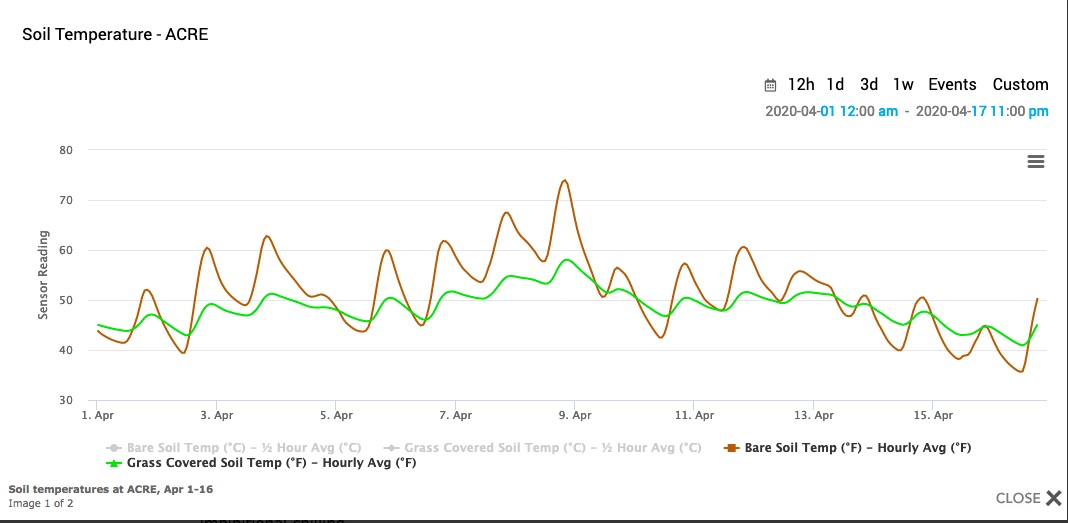
While the coffeeshop rumor mills were active this past week with talk of “a lot” of corn planting going in areas of the state, in reality very little planting actually occurred (USDA Weekly Crop Progress, 13 Apr 2020).
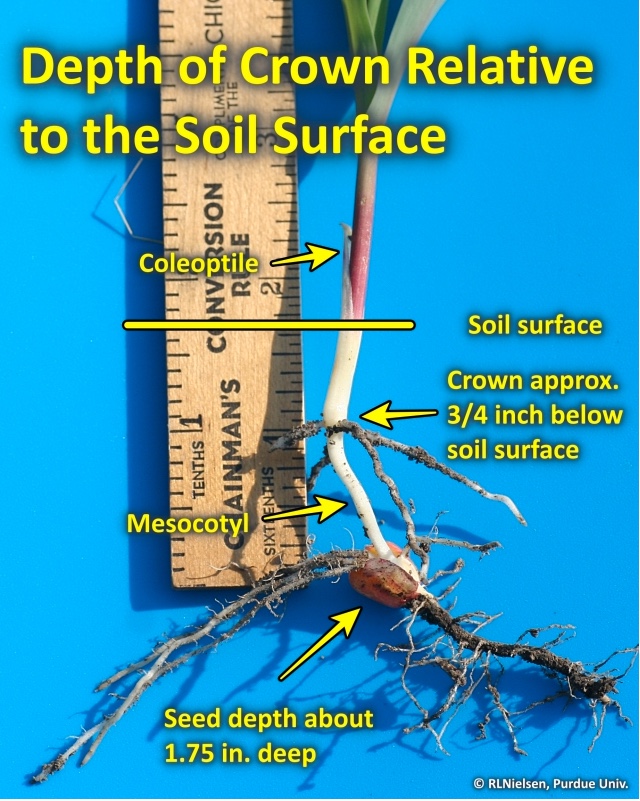
Successful germination alone does not guarantee successful emergence of a corn crop. Elongation of the mesocotyl must elevate the coleoptile to the soil surface before the inner true leaves emerge from the protective tissue of the coleoptile.
The short answer to the question posed by the title of this article is: “Whenever you want to begin planting corn.”
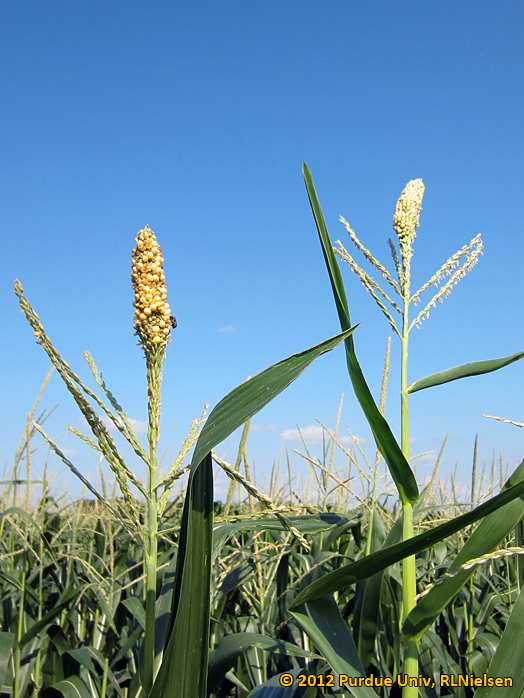
Seems like every year some fellow walks into the Chat ‘n Chew Cafe carrying an odd-looking tassel that is part tassel and part ear to show off to the guys over at the corner table.
Corn is often harvested at grain moisture contents higher than the 15% moisture typically desired by grain buyers.
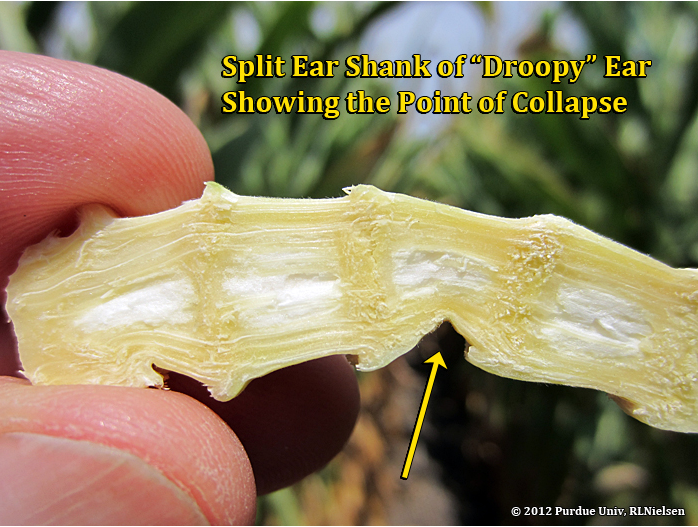
Droopy ears are cute on certain breeds of dogs, but droopy ears on corn plants prior to physiological maturity are a signal that grain fill has slowed or halted.
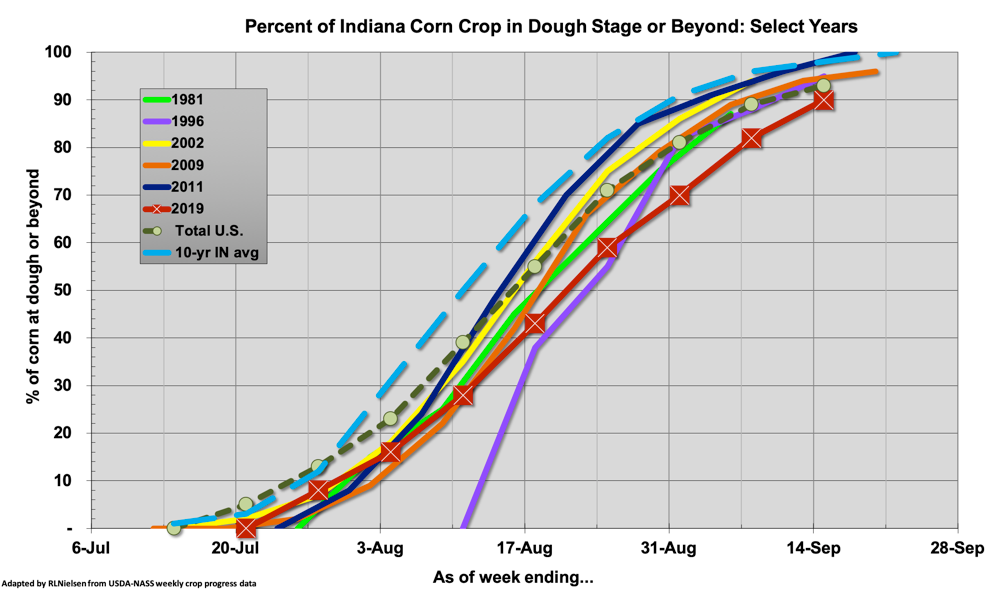
Given the near record late planting of the 2019 Indiana corn crop and the continuing agony of delayed development of the crop, much of the coffeeshop talk down at Cecil’s Corner Cafe in recent weeks has centered on the risk of the late crop not maturing before a light frost damages the crop or an outright lethal freeze (28F) kills the crop.
© 2025 Purdue University | An equal access/equal opportunity university | Copyright Complaints | Maintained by Pest&Crop newsletter
If you have trouble accessing this page because of a disability, please contact Pest&Crop newsletter at luck@purdue.edu.